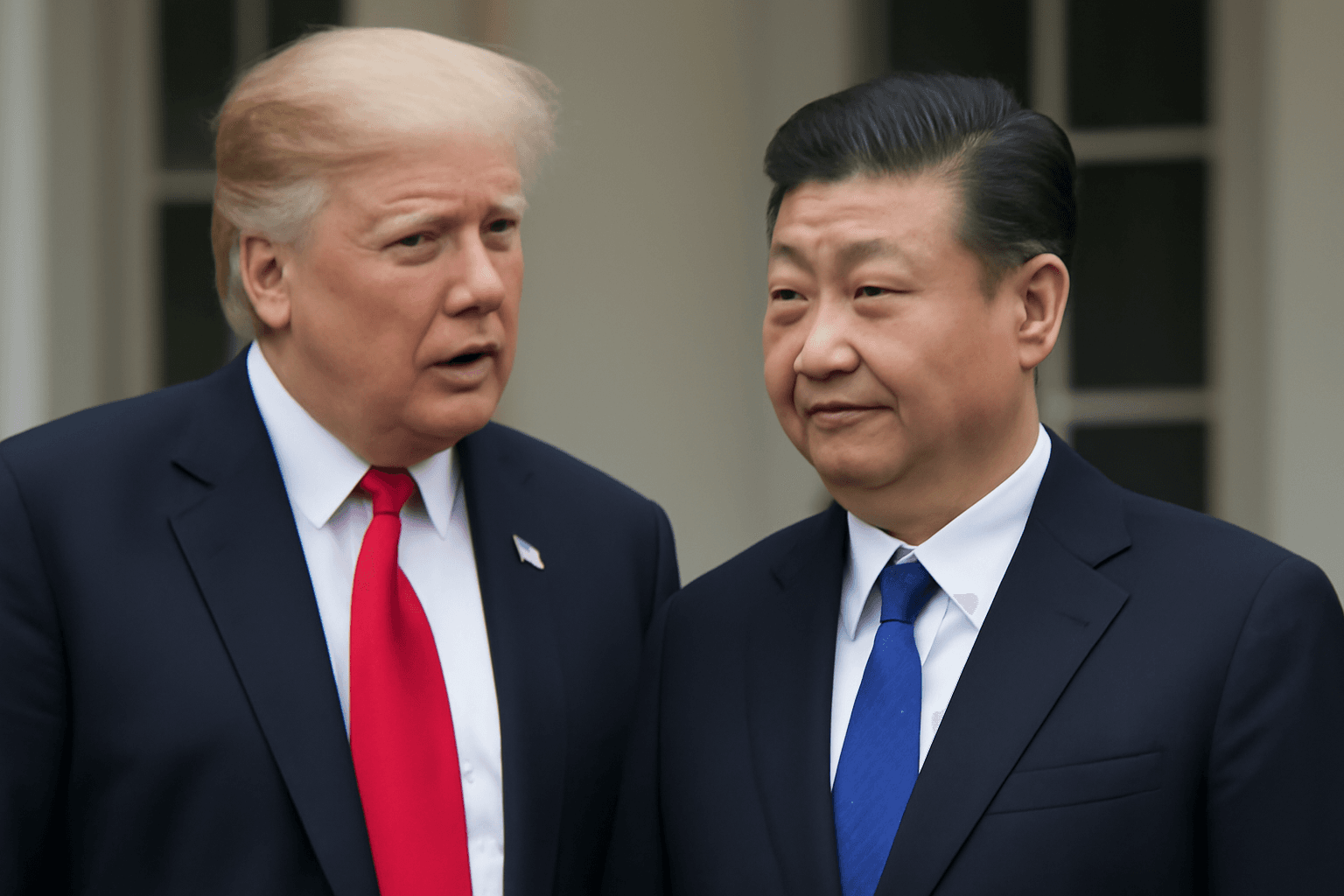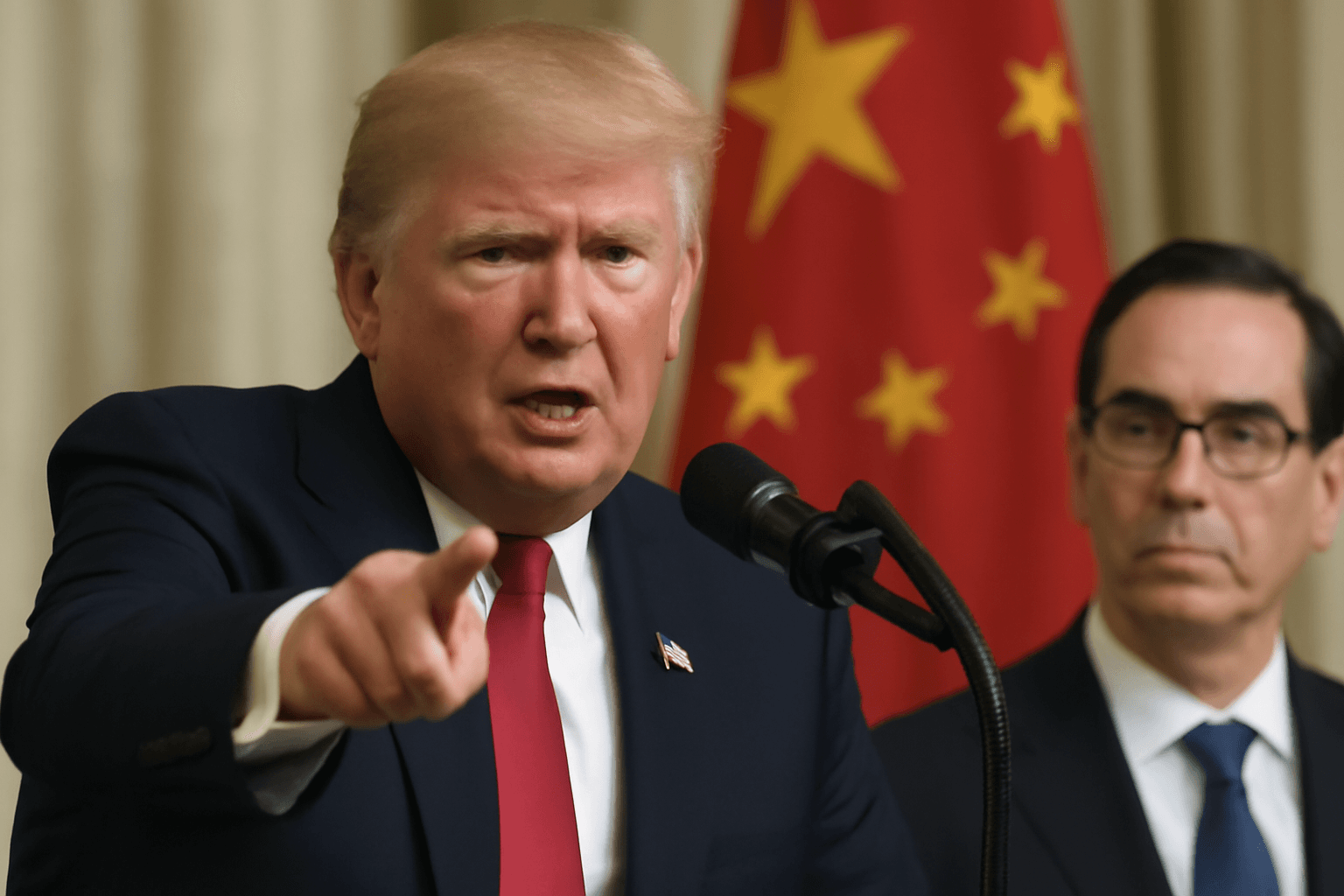Stock Market Recovery Masks Underlying Risks
The stock market has rebounded above its April lows, regaining ground lost during initial tariff-related concerns. However, experts warn this recovery may be fragile as the full economic impact of tariffs has yet to be realized. The gains since early April were partly driven by technical factors, including short covering and systematic rerisking, which may no longer support further advances.
Valuations and Market Positioning
Market valuations are considered stretched at this stage. Strategists caution that future stock movements will be increasingly influenced by fundamental economic outcomes rather than technical market dynamics. Key risks include a potential economic slowdown and rising consumer prices, which could trigger a stagflation scenario — a combination of stagnant growth and inflation.
Ongoing Trade Tensions Continue to Pressure Markets
Trade tensions remain unresolved, contributing to market uncertainty. China recently rejected claims that it violated a preliminary trade agreement, intensifying geopolitical sensitivity. Even if immediate disputes subside, tariffs remain significantly higher than pre-2017 levels despite pauses and reductions, continuing to weigh on economic prospects.
- Current average tariff rate remains around 12%, substantially elevated compared to the pre-tariff environment.
- This level of tariffs represents a meaningful drag on economic growth.
Market Outlook and Economic Indicators
Despite these headwinds, a recession is not currently forecasted. Market corrections are seen as the more likely scenario unless unemployment rates rise sharply. Consumer spending remains robust and is providing essential support to equity markets. However, forthcoming price increases due to tariffs may test consumer resilience in the coming months.
Investors and analysts are closely monitoring:
- Economic growth trends for signs of weakening momentum.
- Consumer price inflation as tariff-driven costs permeate the economy.
- Unemployment and labor market data for early indications of economic distress.
- Consumer behavior to understand the impact of rising prices on spending patterns.
Conclusion
The stock market’s recent rally may obscure an increasingly challenging environment shaped by elevated tariffs and inflationary pressures. As fundamental data begins to reflect these conditions, equities could face heightened volatility and potential declines. Investors should remain vigilant to underlying economic signals and prepare for possible market corrections aligned with these risks.



















